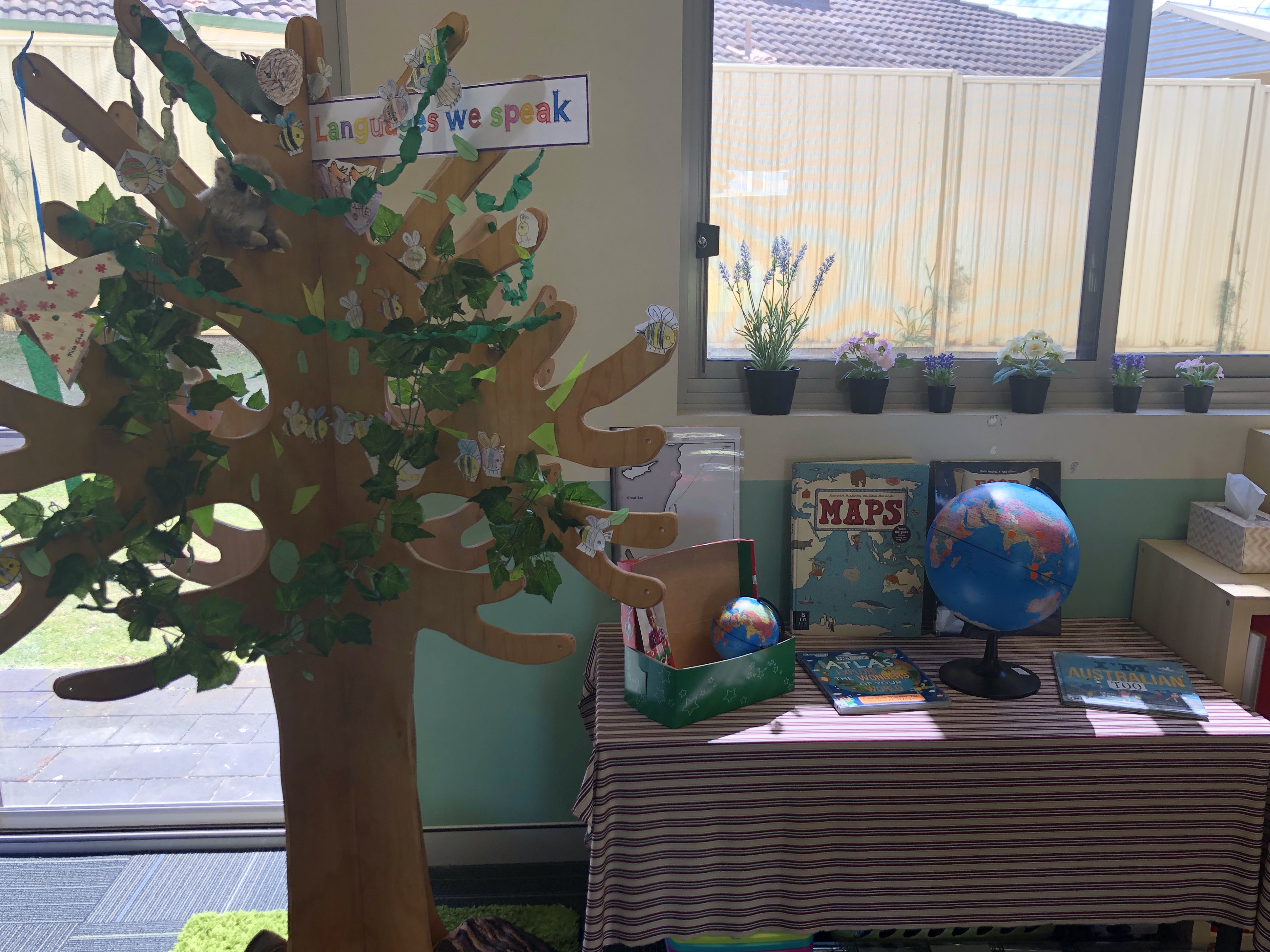Language awareness is an important part of language learning and is included in the aims of the Western Australian Curriculum to ensure that students:
- understand language, culture, learning and their relationship, and thereby develop an intercultural capability in communication
- develop understanding of and respect for diversity and difference, and an openness to different experiences and perspectives
- develop an understanding of how culture shapes worldviews and extend their understanding of themselves, their own heritage, values, culture and identity
The Language Awareness Continuum, created by Denyse Angelo (2006) is a useful tool in planning for and teaching language awareness, particularly in multilingual classrooms in Australia. Each of the seven levels has a stated goal, and suggests a range of classroom, workshop and community-based activities. For example, Level 2 goals include a) name different kinds of language in the community, and b) recognise some obvious markers of linguistic difference. Angelo recommends strategies such as creating a ‘language sea’ or ‘language tree’ in the classroom. Each student is represented as a fish or a leaf with their language(s) named.
Early childhood classroom teacher Kathleen Chan at Rehoboth Christian College took this idea and created a classroom tree. Children in the class and regular guests are represented as bees buzzing around the tree. Maps and a globe of the world are in close proximity to discuss where languages are spoken in the world and to talk about family backgrounds and origins. The display is an indicator and celebration of the rich linguistic repertoires that children bring to the classroom and develops understanding that the different ‘ways of speaking’ have names.

This kind of activity also addresses outcomes 2 and 3 of the Early Years Learning Framework providing an opportunity to provide evidence when children:
- begin to recognise that they have the right to belong to many communities
- broaden their understanding of the world in which they live
- explore the diversity of culture, heritage, background and traditions
- become aware of connections, similarities and differences between people
- notice and react in positive ways to similarities and differences between people.


